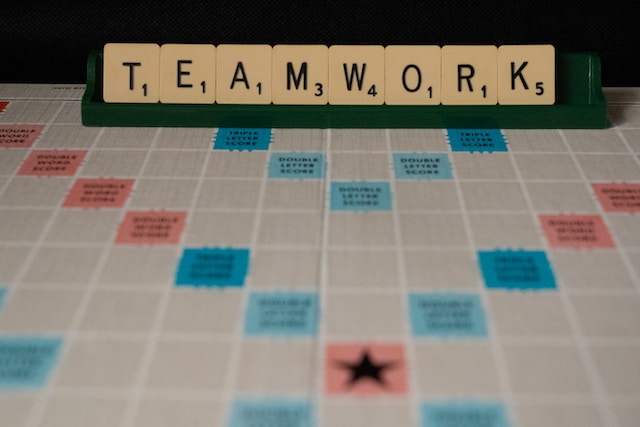The Expression of Contempt
Even if you are not a fan, you probably know that the National Basketball Association (NBA) playoffs are here. It’s nearly impossible not to come across some commercial or media outlet discussing this event. One of the teams that made it to the playoffs this year was the Philadelphia 76ers. After a promising season of basketball, the 76ers were eliminated from the playoffs. During a press conference immediately following their season-ending loss, the team’s star player and leader had this say, “Me and [another star player], we can’t win alone… We need everybody to find ways to be better.” Understandably, this star received criticism regarding his lack of ownership and the blame he seemed to be directing toward his teammates. People can question what he said or what he could have said differently, but a glaring factor in his comment was contempt. The NBA star was clearly upset and did not feel supported by his team. His comments probably made his team members feel unsupported as well. This is the cycle of contempt, and left unaddressed, it can be deadly for relationships.
The Sentiment of Contempt
Researchers Gervais and Fessler published work in the Cambridge University Press on the sentiment of contempt. They defined contempt as “an absence of respect.” Contempt is where opportunities for improvement are emphasized as limitations that cannot be overcome, while anger and disgust are potentiated. Contemptuous leaders and teammates tend to be aggressive and ill-prepared for managing conflict. Rather than promoting others, they seek to diminish their success. The very sentiment of contempt is one of destruction, and if left unresolved, it will destroy individuals, teams, and organizations. Leaders must intentionally prevent and resolve contempt to prevent it from wreaking havoc in their world.
Confronting Contempt
Contempt is a destructive phenomenon, but the good news is there are ways leaders can address it. The Gottman Institute provides research-based approaches to building healthy relationships. Below are short-term and long-term methods the Gottman Institute recommends as antidotes for contempt:
- Short-term: change the way we communicate. The first step leaders must take when their team members are contemptuous is to have a conversation. Everyone’s feelings and needs must be communicated. There are three steps to communicating contempt: express what is felt (e.g., emotions), discuss the unmet need/request, and provide an invitation for guidance or schedule a time to talk further. For example, “I hear you’re frustrated and that you would like clearer feedback. Let’s take time to discuss how we can meet this need.” Unmet expectations lead to resentment, and these conversations act as a barrier to resentment. Conversations like this are a starting point for resolving contempt and a building block for long-term solutions.
- Long-term: building a culture. Leaders must be patient to resolve the contempt that has been built up over time. They can start implementing the short-term antidote to contempt, but consistency is critical to regaining the trust of a contemptuous individual. Leaders must demonstrate they are always willing to promote the well-being of their team. The next step is for leaders to be intentional about expressing appreciation. Feelings of gratitude and being appreciated position team members to genuinely believe they are valued. When team members feel valued, they will feel more satisfied with their role and be more receptive to feedback. Feeling valued and respected is a destroyer of contempt. Leaders can help their team members feel valued by celebrating achievements, encouraging a work-life balance, offering development opportunities, and promoting open communication with one another.
Reflection: What steps do you need to take to prevent contempt amongst your team members?


















